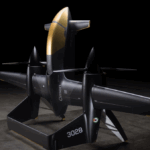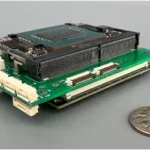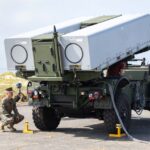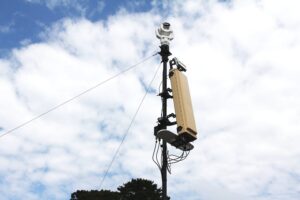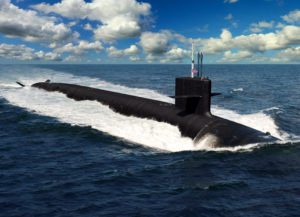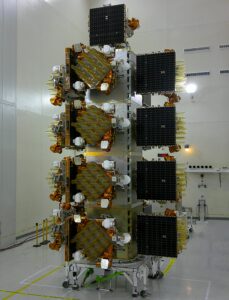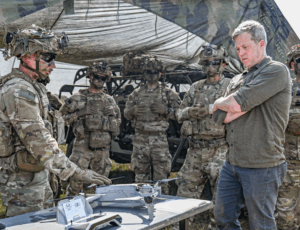
The Pentagon and national security leaders have talked up the need to tap into the emerging technologies and capabilities being developed by defense startups but the message has largely fallen on deaf ears withing the acquisition community, which is why a relatively new group that is advocating for these companies plans to hook them up in the coming year with potential customers. “The national security community as a whole is not much of a customer of these companies,” James Cross,…

 By
By 